Bytes: Nuclear Weapons & You

What are nuclear weapons good for?
For today’s generation of young learners with no memory of the Cold War, the Russia-Ukraine War and Russian President Vladimir Putin’s saber-rattling have added yet another issue to a long list of global problems to worry about — nuclear weapons. Though these weapons are worrisome, there is (thankfully) a nearly 70-year history of nuclear nonuse to help guide us as we manage their risks.
While some lessons may be more applicable than others for today’s nuclear era, a look back at the development of the first atomic bombs, the global and local impact of nuclear weapons, and the ways scientists, policymakers, and citizens have struggled to make sense of these destructive weapons can help learners begin to think thoughtfully about the unthinkable.
Geopolitics is a critical component of 21st-century civics education. In today’s interconnected world, challenges are global in scale, and they impact our everyday lives in profound ways. Learners of all ages should have access to the tools and resources they need to better navigate their futures and make their voices and concerns heard.
IGA has partnered with The Rumie Initiative, a pioneer in micro-learning, to develop four micro-curricula on critical topics in the history of international relations. These lessons, delivered through Bytes, bring information to life in just 6-10 minutes. Stay tuned as we release more micro-curricula on nuclear weapons, international organizations, and the legacy of the Vietnam War in the coming weeks
7 explosive answers to your burning questions about nuclear weapons
Nuclear weapons pack A LOT of punch. Yet their potential for destruction may be the very reason why they haven’t been used since World War II. But if they can’t be used like any other weapon, then what is their point anyway?
We answer this question and more, such as: How powerful are today’s nuclear weapons? And, what’s the difference between a tactical and strategic nuclear weapon? (Hint: it’s a trick question.)
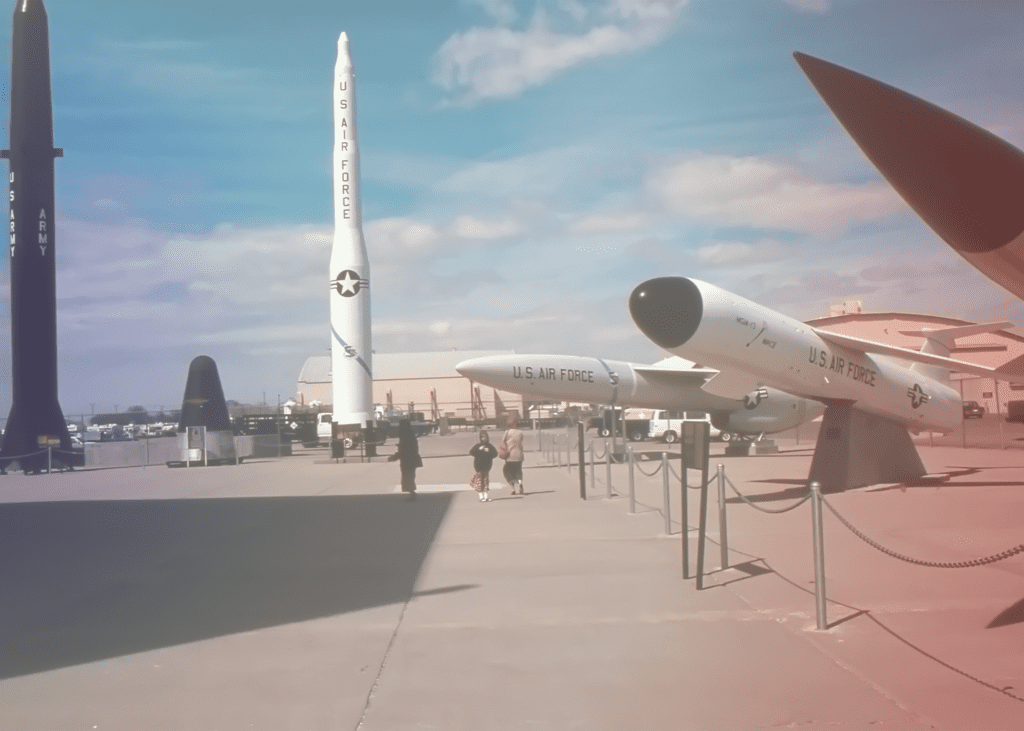
How dangerous are nuclear weapons?
Nuclear weapons are enormously destructive, and their use in another armed conflict would have harrowing consequences. While these weapons haven’t been used since 1945, this doesn’t mean they haven’t impacted the world in ways big and small.
Learn about the impacts of Cold War nuclear tests, the ways nuclear weapons have shaped the public’s imagination, and how citizens from around the world have shaped nuclear weapons policy.
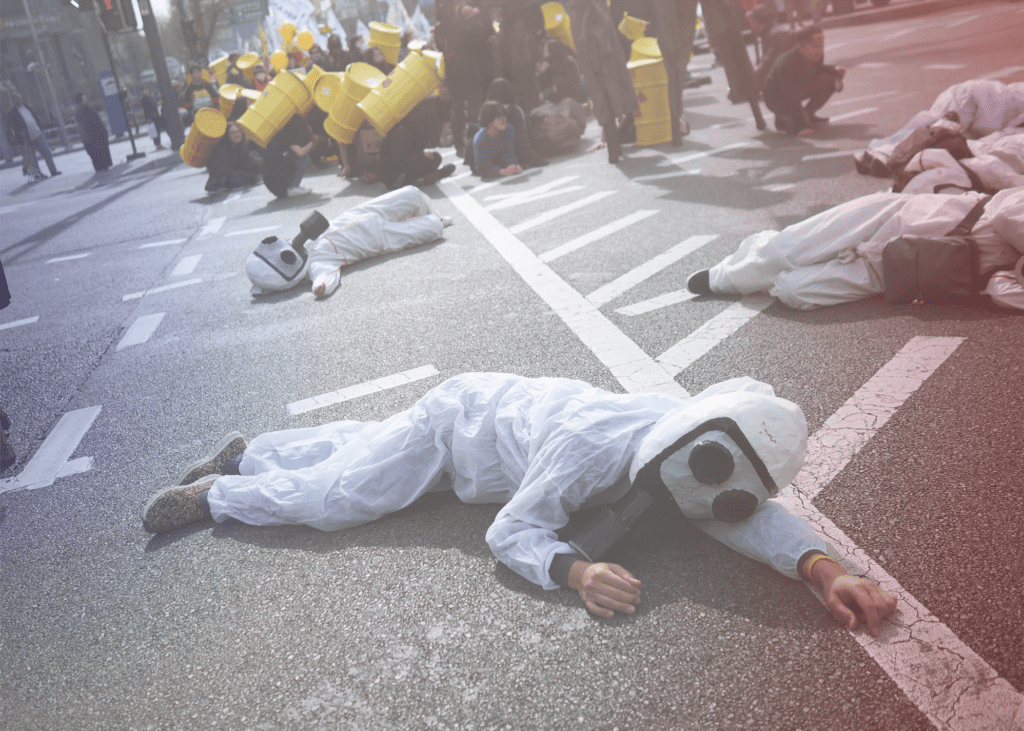
What was the Manhattan Project? Why does it matter?
In less than three years, the United States (with some help from Canada and Great Britain) turned a theory into the world’s most destructive weapon — a weapon that transformed global politics and America’s relationship with science and secrecy.
We show you how the United States did it and introduce you to some of the Manhattan Project’s most important cast of characters and locations, from J. Robert Oppenheimer and Los Alamos to Leo Szilard and the University of Chicago.
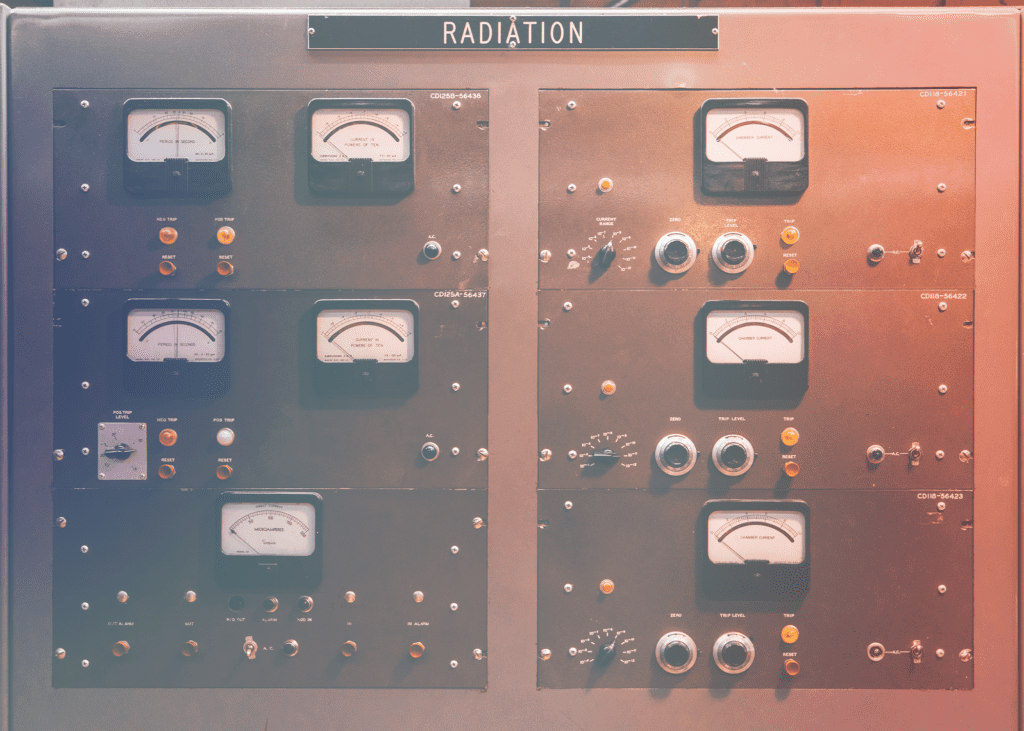
It’s a MAD world! Who or what caused the Cold War arms race?
The Cold War nuclear arms race was both a jog and a sprint. For decades, the Soviet Union and the United States jockeyed to gain an advantage over the other in nuclear arms as quickly as research and development would allow.
This competition was dangerous. And, for many observers, it didn’t seem like one that could be won. So then, who or what (if anything) is to blame for the arms race?
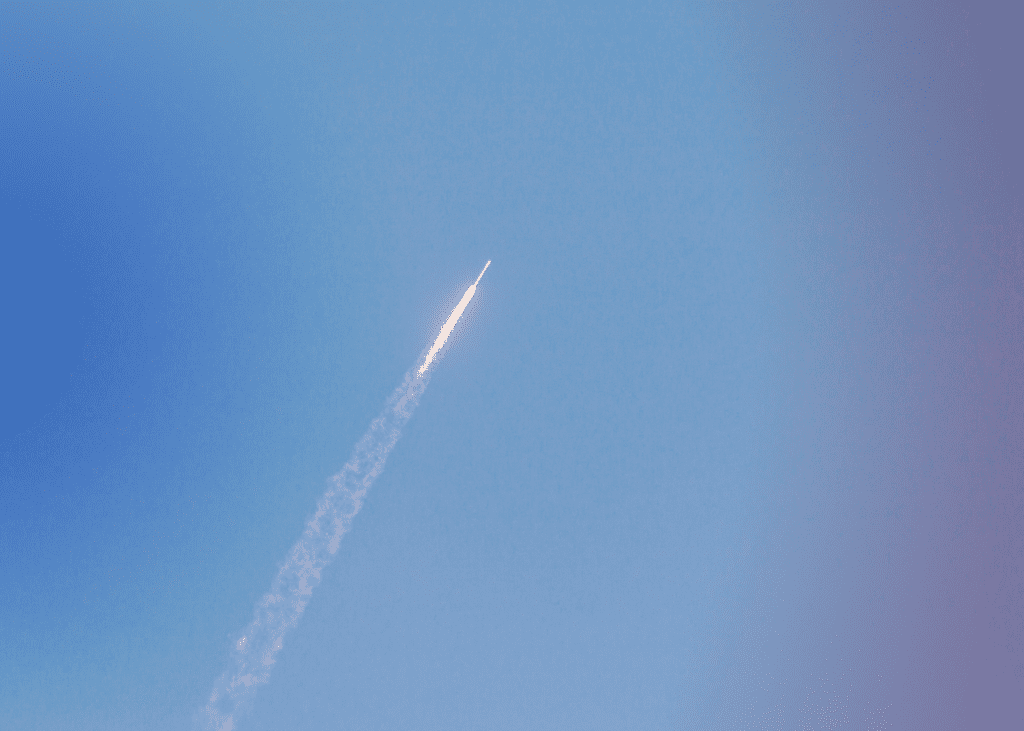
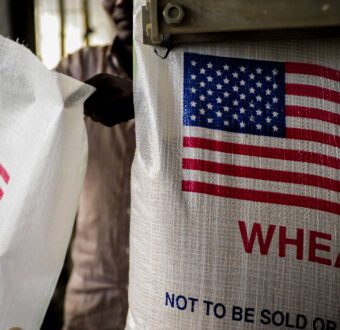
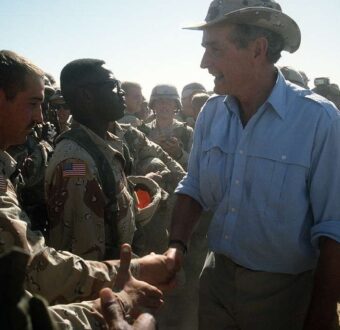


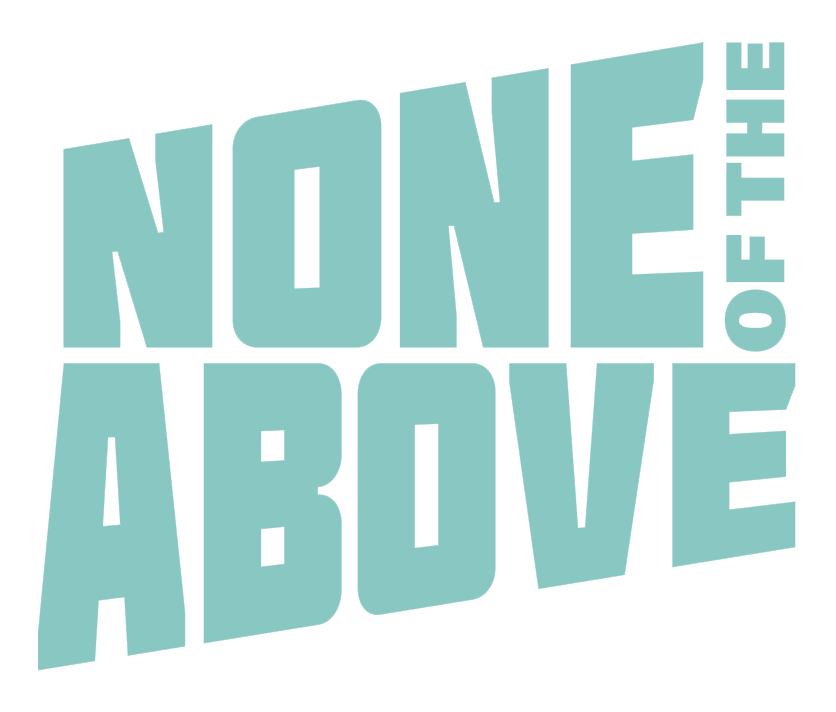
American Restraint Might Not Look Like What You’d Expect